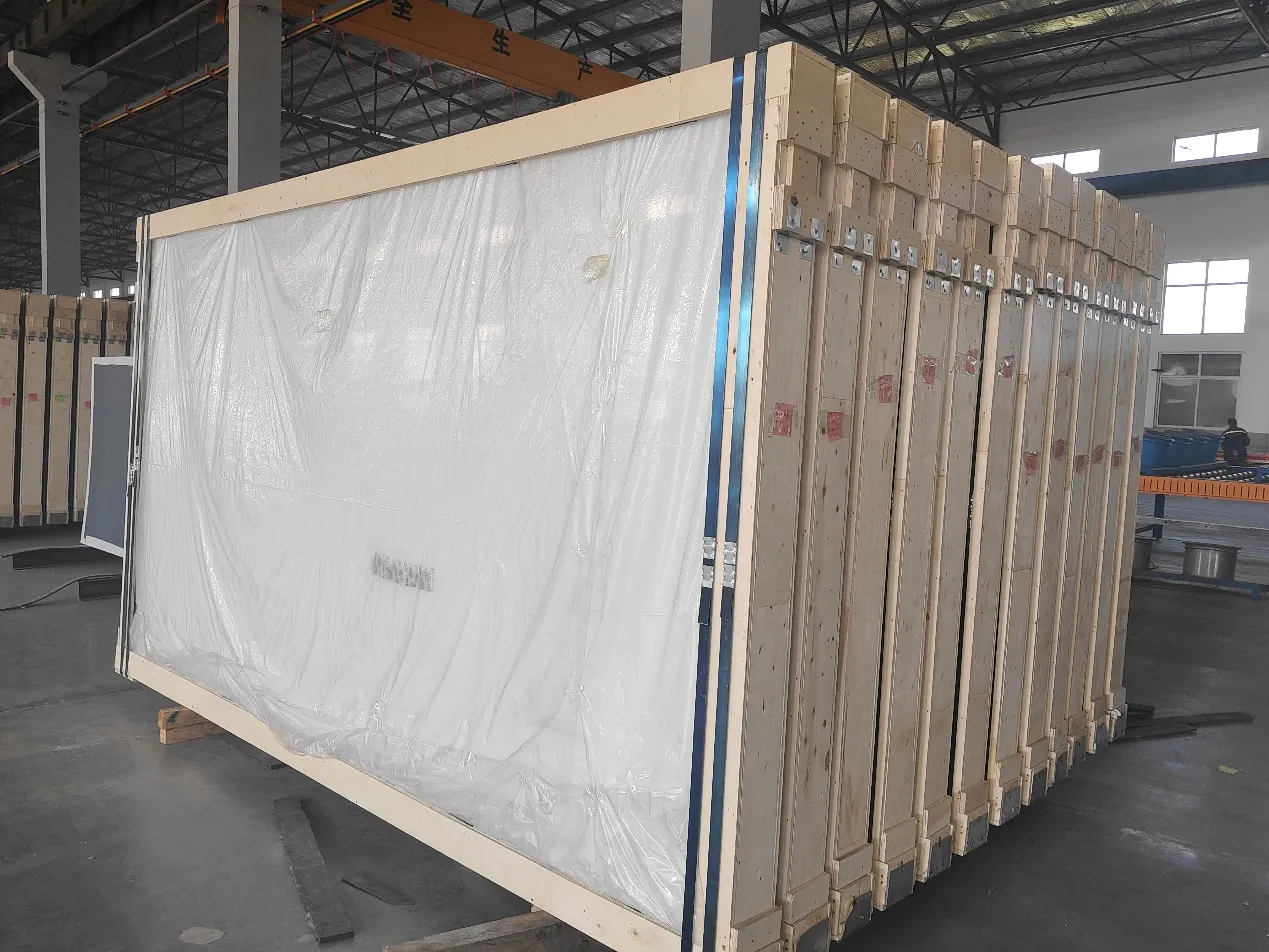Nov . 14, 2024 23:56 Back to list
glass coating types
Understanding Glass Coating Types A Comprehensive Overview
Glass coatings are specialized materials applied to glass surfaces to enhance their performance, durability, and aesthetics. With a diverse range of applications, from architectural to automotive uses, glass coatings play a crucial role in various industries. This article explores the primary types of glass coatings, their properties, and their respective benefits.
1. Hydrophobic Coatings
Hydrophobic coatings are designed to repel water, making surfaces easier to clean and maintain. These coatings create a water-resistant barrier that prevents water droplets from forming and clinging to the glass, leading to clearer views and reduced streaks. Commonly used in automotive windshields and building windows, hydrophobic coatings are especially beneficial in regions with heavy rainfall or dust, as they help keep surfaces free of contaminants.
2. Anti-Reflective Coatings
Anti-reflective (AR) coatings are engineered to minimize reflections and improve light transmission. These coatings are vital in applications where clarity is paramount, such as in eyewear, camera lenses, and solar panels. By reducing glare, AR coatings enhance visibility and comfort for the user while also improving the efficiency of solar energy systems by allowing more light to pass through.
3. Low-E Coatings
Low-emissivity (Low-E) coatings are thin, metallic layers applied to glass to reduce thermal transfer. By reflecting infrared energy while allowing visible light to pass, Low-E coatings help maintain indoor temperatures, improve energy efficiency, and lower heating and cooling costs. These coatings are increasingly popular in energy-efficient windows and building designs, contributing to sustainability efforts in the construction industry.
glass coating types

Scratch-resistant coatings are formulated to protect glass surfaces from physical damage. These coatings enhance the durability of glass, making it less prone to scratches and other wear and tear from daily use. This is particularly important in high-traffic areas and for items like tablet and smartphone screens, where maintaining clarity is essential. The use of scratch-resistant coatings can significantly extend the lifespan of glass products.
5. Tinted Coatings
Tinted coatings are used to alter the color and shading of glass. They are often applied in automotive and building glass to reduce glare, enhance privacy, and improve energy efficiency by limiting solar heat gain. Various tint levels are available, allowing manufacturers and consumers to choose the right balance between aesthetics and functionality. Tinted glass can also provide UV protection, further safeguarding interiors from fading and damage.
6. Self-Cleaning Coatings
Innovative self-cleaning coatings utilize photocatalytic and hydrophilic properties to keep glass surfaces clean. These coatings break down organic dirt using sunlight and allow water to wash away the contaminants easily. Applied commonly in building facades and solar panels, self-cleaning glass represents a significant advancement in maintenance-free solutions, leading to reduced labor costs and increased efficiency.
7. Conductive Coatings
Conductive coatings are used to enhance the electrical properties of glass. Often applied in applications such as smart windows and touchscreen devices, these coatings can allow for functionalities like heating or touch sensitivity. With the growing trend of smart technologies in building systems and personal electronics, conductive coatings are becoming increasingly relevant.
Conclusion
In summary, the variety of glass coating types available today indicates the innovative approaches being taken to enhance glass performance across different industries. Each type of coating offers unique benefits, contributing to improved durability, energy efficiency, and visual clarity. As technology continues to evolve, we can anticipate even more advanced glass coatings that further integrate sustainability and functionality into our daily lives. Understanding these coatings’ characteristics and applications helps consumers make informed choices for their specific needs.
-
Safety and Style with Premium Laminated Glass Solutions
NewsJun.24,2025
-
Reinvents Security with Premium Wired Glass
NewsJun.24,2025
-
Premium Float Glass Line for Modern Architecture
NewsJun.24,2025
-
Low Emissivity Glass for Energy-Efficient Architecture
NewsJun.24,2025
-
High-Performance Insulated Glass Solutions for Modern Architecture
NewsJun.24,2025
-
Elevates Interior Style with Premium Silver Mirror
NewsJun.24,2025
Related PRODUCTS














